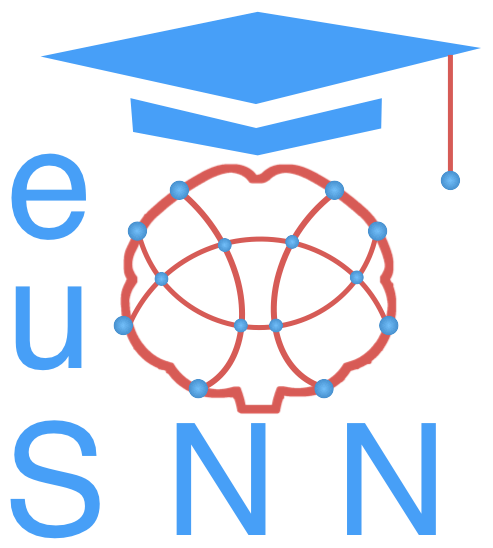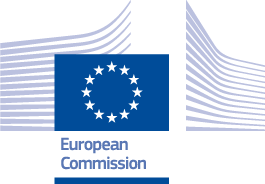Functional characterization of NDNF-expressing interneurons in the dentate gyrus
Marlene Bartos (PI), Federico Torelli
Our daily life depends on the processing and storing of the continuous stream of information, which enables us to adapt our behavior to changes in our environment. The dentate gyrus (DG) is the first hippocampal structure collecting and storing information about the environment. It receives rich multimodal inputs form the entorhinal cortex and translates them into a sparse code for CA3. During the exploration of new environments, groups of coactive principal cells (granule cells) in the DG emerge, representing new memories. The DG granule cells show sparse activity governed by powerful synaptic GABAA receptor-mediated inhibition. GABAergic interneurons are involved in the dynamics of DG principal cells assemblies, neuronal oscillations and pattern separation, the ability to distinguish 2 slightly different environments.
Recently, a novel population of GABAergic interneurons expressing the neuron-derived neutrophic factor (NDNFIs) has been shown to strongly modulate the activity of pyramidal cells in the cortex and CA1. We found that NDNFIs are also localized in the dentate gyrus and they provide distal dendritic inhibition to granule cells. We aim to study how NDNFIs are integrated in the DG network dynamics and how they affect the DG function and behavior in mice. We will address these questions using ex-vivo and in-vivo techniques to examine their role in the DG network at multiple scales. We already explored the molecular, morphological, and electrical properties of NDNFIs and their local connectivity by whole-cell recordings in acute slices (fig. 1A,1B). Currently, we are investigating how the DG NDNFIs are active in vivo while the mouse is navigating in a virtual environment by performing 2-photon calcium imaging (fig. 1C). Lastly, we are using optogenetic and chemogenetic approaches to selectively modulate NDNFIs and evaluate how their activation or inhibition can affect DG granule cells´ activity and mouse behavior (fig. 1D). Our study will provide the first structural and functional characterization of NDNF expressing interneurons in the dentate gyrus.
Last update: May 24, 2023

 European School of Network Neuroscience
European School of Network Neuroscience 